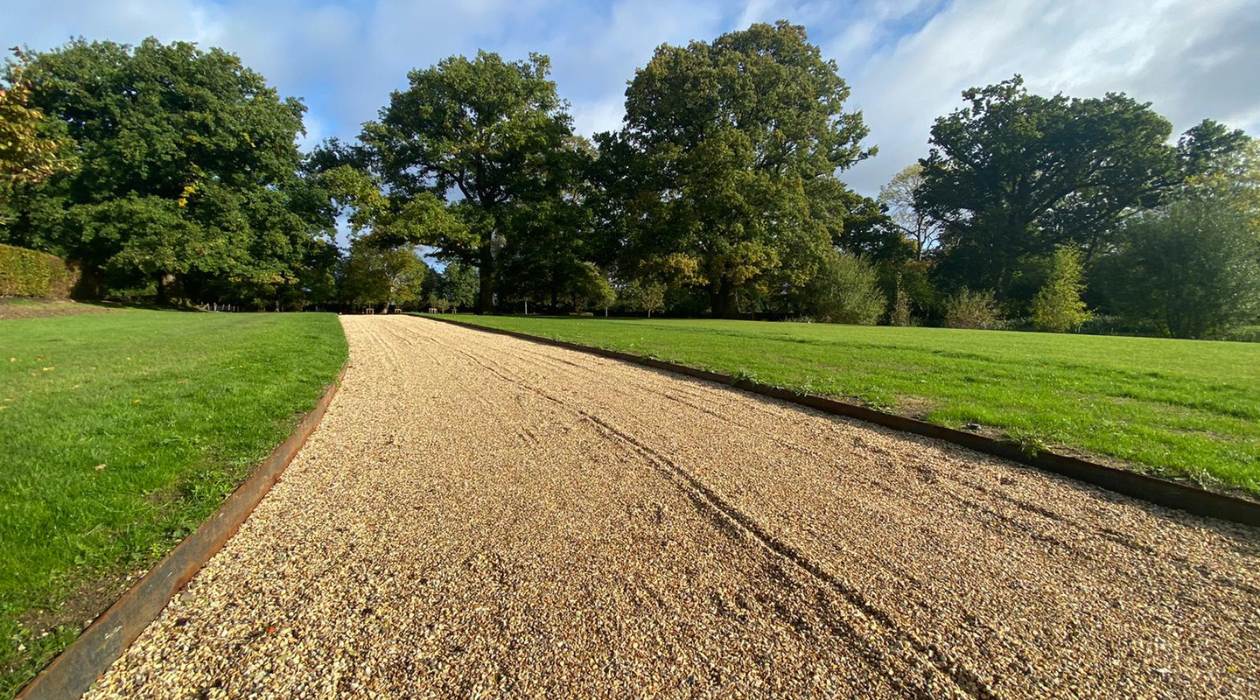

Articles
How Deep Should A Gravel Driveway Be
Modified: February 23, 2024
Discover the optimal depth for a gravel driveway with our informative articles. Find out how to ensure proper drainage and lasting durability.
(Many of the links in this article redirect to a specific reviewed product. Your purchase of these products through affiliate links helps to generate commission for Storables.com, at no extra cost. Learn more)
Introduction
A gravel driveway is a popular choice for homeowners looking to enhance the curb appeal of their property while providing a durable and cost-effective surface for vehicles. However, deciding on the appropriate depth of a gravel driveway is a crucial factor in its long-term performance and functionality.
When it comes to the depth of a gravel driveway, there is no one-size-fits-all answer as it depends on various factors such as climate, soil composition, traffic volume, and the purpose of the driveway. Understanding these factors and their impact on the depth of a gravel driveway will help you make an informed decision and ensure its longevity.
In this article, we will explore the factors that need to be considered when determining how deep a gravel driveway should be, along with some recommended depths based on these factors. We will also provide insights on how to install and maintain a gravel driveway to maximize its lifespan. Let’s dive in!
Key Takeaways:
- Proper depth for a gravel driveway depends on climate, soil, traffic, and purpose. Consult experts for personalized recommendations to ensure longevity and stability.
- Installing and maintaining a gravel driveway involves careful planning, proper drainage, and regular upkeep. Following recommended depths and maintenance tips can enhance durability and functionality.
Read more: How Deep Should A Pea Gravel Patio Be
Factors to Consider
Before determining the depth of a gravel driveway, it is essential to take into account several factors that can influence the stability and durability of the driveway. These factors include climate and weather conditions, soil composition and stability, traffic volume and weight, and the intended purpose of the driveway.
Climate and Weather Conditions: The climate and weather in your area play a significant role in determining the depth of a gravel driveway. In regions with heavy rainfall or freeze-thaw cycles, a deeper gravel bed is recommended to prevent water from pooling and causing erosion or frost heaving. On the other hand, in drier climates with little rainfall, a shallower gravel bed may suffice.
Soil Composition and Stability: The type of soil and its stability are crucial factors to consider. If your soil is prone to shifting or sinking, it is advisable to have a deeper gravel bed to provide a stable foundation. Conversely, if the soil is well-drained and compact, a shallower layer of gravel may be sufficient.
Traffic Volume and Weight: The amount of traffic and the weight of vehicles using the driveway will impact its durability. Heavy vehicles or frequent heavy traffic require a deeper gravel bed to withstand the load and prevent rutting or sinking. For lighter traffic, a shallower layer of gravel may be suitable.
Purpose of the Driveway: Consider the purpose of the driveway when determining the appropriate depth. If the driveway is primarily used for parking vehicles, a thicker layer of gravel is recommended. However, if the driveway is only used for foot traffic or occasional vehicle use, a thinner layer may suffice.
By considering these factors, you can determine the optimal depth for your gravel driveway. This will ensure its stability, longevity, and ability to withstand the specific conditions it will encounter.
Climate and Weather Conditions
The climate and weather conditions in your area play a crucial role in determining the depth of a gravel driveway. Different climates pose unique challenges that can impact the stability and functionality of the driveway. By understanding how these conditions affect the driveway, you can determine the appropriate depth to ensure its longevity.
In regions with heavy rainfall or snowfall, proper drainage is essential to prevent water from pooling on the driveway’s surface. If water is allowed to accumulate, it can lead to erosion and wash away the gravel over time. To address this, a deeper gravel bed is recommended in areas with high precipitation to provide adequate drainage and prevent water from causing damage.
Similarly, freeze-thaw cycles can pose challenges in colder climates. When water seeps into the gravel, freezes during low temperatures, and then thaws again, it can cause the gravel to become loose and uneven. To combat this issue, a thicker layer of gravel is advised to provide insulation and minimize the potential for frost heaving.
In contrast, areas with drier climates and fewer rainfall events may not require as deep of a gravel bed. However, it is still crucial to maintain proper drainage to prevent any potential water buildup. Installing a slight slope in the driveway can help facilitate water runoff and prevent any moisture-related issues.
Additionally, consider the specific weather conditions in your area. If you experience heavy storms or torrential downpours, it may be wise to err on the side of caution and opt for a deeper gravel bed to ensure the driveway’s stability.
It is always recommended to consult with local experts or professionals who are knowledgeable about the climate and weather conditions in your region. They can provide valuable insights and guidance on the ideal depth of a gravel driveway based on the specific conditions you will face.
By taking into account the climate and weather conditions in your area, you can determine the appropriate depth for your gravel driveway. This will help ensure its resilience and ability to withstand the elements, enhancing its longevity and functionality for years to come.
Soil Composition and Stability
The soil composition and stability of your property have a significant impact on the depth of a gravel driveway. Understanding the characteristics of the soil can help you determine the appropriate depth needed to support the driveway and prevent issues such as sinking or shifting.
Soil composition refers to the type of soil present in your area. Some common types include clay, silt, sand, and loam. Each soil type has different properties and drainage capabilities, which can affect how the gravel driveway performs.
In general, soils with a higher clay content tend to retain more moisture and have lower drainage capacities. This can lead to increased water retention and potential issues with stability. Therefore, if your soil has a high clay content, a deeper gravel bed is recommended to ensure proper drainage and prevent water accumulation.
On the other hand, sandy soils have better drainage and are less prone to retaining water. They provide better stability and require a shallower depth of gravel. However, sandy soils may also require additional measures to prevent erosion, such as the use of geotextiles or gravel stabilizers.
Soil stability refers to the ability of the soil to support the weight and stress exerted by vehicles on the driveway. Factors that can impact soil stability include the compaction level, moisture content, and presence of any underlying rocks or roots.
If the soil is compact and stable, it may require a shallower depth of gravel. However, if the soil is loose or prone to shifting, it is advisable to have a deeper gravel bed to provide a stable foundation for the driveway.
It is important to note that soil conditions can vary within a property. It is recommended to conduct a soil test or consult with a soil engineer to assess the specific soil composition and stability of the area where the gravel driveway will be installed.
By understanding the soil composition and stability, you can determine the appropriate depth for your gravel driveway. This will ensure that the soil can adequately support the driveway and provide a stable surface for vehicles without the risk of sinking or shifting over time.
Traffic Volume and Weight
The amount of traffic and the weight of vehicles using the driveway are essential considerations when determining the depth of a gravel driveway. The driveway needs to be able to withstand the stress and load exerted by vehicles on a regular basis.
If your driveway experiences heavy traffic or frequent use by vehicles, it is crucial to have a deeper layer of gravel. The additional depth provides better stability and distributes the weight of the vehicles more effectively, reducing the risk of rutting or sinking.
For driveways with lighter traffic, such as driveways primarily used for residential purposes, a shallower layer of gravel may be sufficient. However, even with light traffic, it is still important to consider any occasional heavy vehicles that may access the driveway, such as delivery trucks or moving vans. In these cases, it may be advisable to increase the depth to ensure the driveway can handle the increased weight.
In addition to the traffic volume, another factor to consider is the weight of the vehicles using the driveway. Heavier vehicles, such as trucks or SUVs, will exert more pressure on the gravel surface. This increased pressure can lead to the gravel compressing or sinking over time. To counteract this, a deeper layer of gravel is recommended to provide the necessary support for heavier vehicles.
Conversely, if the majority of vehicles using the driveway are lightweight, such as compact cars or bicycles, a shallower layer of gravel may suffice. However, it is still essential to ensure that the gravel depth is adequate to prevent any instability or damage to the driveway.
To accurately determine the appropriate depth based on traffic volume and weight, it is recommended to consult with professionals or experts familiar with gravel driveway installations. They can assess the specific conditions and requirements of your driveway and provide appropriate recommendations.
By taking into account the traffic volume and weight of vehicles, you can determine the optimal depth for your gravel driveway. This will help ensure the driveway’s longevity and ability to withstand the stress exerted by vehicles, providing a durable surface for years to come.
A gravel driveway should be at least 4-6 inches deep to provide adequate support and prevent the gravel from shifting or sinking. Adding a geotextile fabric underneath can also help stabilize the driveway.
Read more: How To Maintain Gravel Driveway
Purpose of the Driveway
The purpose of the driveway is an important consideration when determining the appropriate depth of a gravel driveway. The depth can vary depending on whether the driveway is primarily used for parking vehicles or if it serves other purposes such as foot traffic or recreational activities.
If the main purpose of the driveway is to accommodate vehicles, a thicker layer of gravel is generally recommended. The additional depth provides better support and helps distribute the weight of the vehicles more effectively. This helps prevent the gravel from compacting or sinking under the weight of the cars over time.
It is also important to consider the types of vehicles that will be using the driveway. If you anticipate larger or heavier vehicles, such as trucks or SUVs, using the drive, it may be advisable to increase the depth of the gravel to ensure the driveway can withstand the heavier loads.
Alternatively, if the driveway is primarily used for foot traffic or occasional vehicle use, a shallower layer of gravel may be sufficient. In these cases, the gravel serves more as a decorative or functional surface rather than a heavy-duty driving surface. However, it is still important to ensure that the depth of the gravel is adequate to provide stability and prevent any issues with sinking or shifting.
Additionally, consider any specific requirements or activities that may take place on the driveway. For example, if you plan to use the driveway for recreational purposes such as basketball or roller skating, a thicker layer of gravel may be necessary to provide a smooth and even surface.
Ultimately, the purpose of the driveway should guide your decision on the appropriate depth of the gravel. Assess the primary use of the driveway, the types of vehicles that will be using it, and any specific activities or requirements. This will help ensure that the driveway serves its intended purpose effectively and maintains its functionality and longevity.
Recommended Depth for Gravel Driveways
While there is no one-size-fits-all answer to how deep a gravel driveway should be, there are some general guidelines based on the factors we have discussed. The recommended depth for a gravel driveway depends on various factors, including climate and weather conditions, soil composition, traffic volume, and the purpose of the driveway.
In moderate climates with average rainfall, a general rule of thumb is to have a minimum depth of 4 to 6 inches of compacted gravel for a residential driveway. This depth provides a solid foundation and helps prevent issues such as erosion, rutting, or sinking. However, in areas with heavy rainfall or freeze-thaw cycles, a deeper layer of 8 inches or more may be necessary to ensure proper drainage and stability.
Soil composition and stability also play a role in determining the recommended depth. In areas with clay soils or unstable soil conditions, a thicker layer of gravel, such as 6 to 8 inches, is typically recommended to provide a stable foundation. In areas with sandy or well-draining soils, a depth of 4 to 6 inches may be sufficient.
Traffic volume and weight are important considerations as well. For driveways with heavier traffic or vehicles, such as trucks or SUVs, it is advisable to increase the depth by 2 to 4 inches to account for the additional weight and stress. On the other hand, for driveways with lighter traffic, a depth of 4 to 6 inches may be appropriate.
The purpose of the driveway also influences the recommended depth. If the primary purpose is parking vehicles, a thicker layer of 6 to 8 inches is recommended. For driveways primarily used for foot traffic or recreational activities, a depth of 4 to 6 inches may suffice.
It is essential to keep in mind that these are general recommendations and that each situation is unique. Factors such as local regulations, specific soil conditions, and personal preferences may also influence the depth of a gravel driveway. It is always beneficial to consult with professionals or experts who can assess your specific circumstances and provide tailored recommendations.
Ultimately, balancing all these factors will help you determine the recommended depth for your gravel driveway. Remember, it is better to err on the side of caution and choose a slightly deeper depth to ensure the stability, longevity, and functionality of your driveway for years to come.
Installing a Gravel Driveway
Installing a gravel driveway requires careful planning and execution to ensure its longevity and functionality. Here are the steps involved in the installation process:
- Prepare the area: Start by removing any existing vegetation, rocks, or debris from the area where the driveway will be installed. Level the ground and ensure proper drainage by grading the surface away from buildings or other structures.
- Define the boundaries: Use stakes and string to outline the edges of the driveway. This will help ensure a clean and well-defined shape.
- Excavate the area: Dig out the soil to the desired depth, taking into account the recommended depth based on factors such as soil composition, traffic volume, and purpose of the driveway.
- Add a geotextile fabric: Before adding the gravel, consider laying down a geotextile fabric over the excavated area. This fabric helps prevent weed growth and stabilizes the soil, providing an additional layer of support and drainage.
- Add a base layer: Pour and distribute a layer of densely packed crushed stone as the base layer. This base helps create a stable foundation for the gravel and assists with water drainage.
- Spread the gravel: Spread the gravel evenly over the prepared area, ensuring a consistent depth across the entire driveway. Use a rake or shovel to smooth and level the gravel.
- Compact the gravel: Use a vibrating plate compactor or a roller to compact the gravel. This step helps to establish a firm and stable surface, preventing the gravel from shifting or sinking over time.
- Edge the driveway: Install edging materials such as concrete curbs or pavers along the edges of the driveway. This not only gives a finished look but also helps to contain the gravel and prevent it from spreading.
- Maintain the driveway: Regularly inspect and maintain your gravel driveway to ensure its longevity. Fill any potholes or depressions with additional gravel, and rake the surface to keep it smooth and even. Add fresh gravel as needed to maintain the desired depth.
It is important to note that these steps are a general guideline, and the specific process may vary based on individual circumstances and preferences. If you are unsure about any aspect of the installation, consider consulting with professionals or experts who can provide guidance and assistance.
By following these steps and taking the necessary precautions, you can install a well-constructed gravel driveway that enhances the aesthetic appeal of your property and provides a durable and functional surface for vehicles.
Maintaining a Gravel Driveway
Maintaining a gravel driveway is essential to ensure its longevity and functionality. Regular upkeep and proper maintenance can help keep the driveway in good condition and prevent common issues such as potholes, erosion, and uneven surfaces. Here are some tips for maintaining a gravel driveway:
- Regularly inspect the driveway: Periodically walk along your driveway to inspect its condition. Look for any signs of deterioration, such as potholes, ruts, or areas of gravel loss. Promptly addressing these issues can prevent further damage.
- Fill potholes and low spots: As soon as you notice a pothole or depression, fill it with fresh gravel. Use a shovel to remove any loose or damaged gravel, then add new gravel and compact it to ensure a level surface.
- Rake the surface: Regularly rake the surface of the driveway to spread the gravel evenly and smooth out any uneven areas. This helps to prevent the formation of ruts and creates a more aesthetically pleasing appearance.
- Manage vegetation: Keep vegetation, such as grass and weeds, under control along the edges and within the driveway. Remove any plants that are encroaching on the gravel surface, as they can lead to the breakdown of the driveway’s structure.
- Manage drainage: Ensure that proper drainage is maintained by clearing any debris or blockages from ditches or culverts near the driveway. Address any areas where water may be pooling and find ways to improve drainage to avoid erosion and other water-related issues.
- Consider regrading if necessary: Over time, the gravel driveway may develop dips or uneven areas due to natural settling or heavy traffic. If these issues persist, consider regrading the driveway to restore a more even and level surface.
- Add fresh gravel: As needed, add a fresh layer of gravel to maintain the desired depth. This can help replenish any gravel that has been lost due to erosion or regular wear and tear.
- Consider gravel stabilization: In areas prone to erosion or heavy traffic, consider using gravel stabilization products such as grid systems or binding agents. These can help improve the stability and longevity of the gravel driveway.
- Be mindful of winter maintenance: During the winter months, be cautious when applying de-icing agents, as some chemicals can negatively affect the integrity of the gravel driveway. Opt for more gravel-friendly alternatives such as sand or kitty litter for traction.
Regular maintenance and timely repairs are crucial for ensuring the durability and functionality of your gravel driveway. By following these tips and implementing a proactive maintenance routine, you can keep your driveway in great shape and enjoy its benefits for years to come.
Read more: How To Plow A Gravel Driveway
Conclusion
A gravel driveway can be a beautiful and practical addition to any property, providing a durable and cost-effective surface for vehicles. However, determining the appropriate depth of a gravel driveway is crucial for its long-term performance and functionality.
Throughout this article, we have explored various factors that need to be considered when deciding how deep a gravel driveway should be. These factors include climate and weather conditions, soil composition and stability, traffic volume and weight, and the purpose of the driveway.
Based on these factors, we have provided recommended depths for gravel driveways. However, it is important to remember that each situation is unique, and it is advisable to consult with professionals or experts to assess your specific circumstances.
Additionally, we have discussed the installation process for a gravel driveway, emphasizing the importance of proper preparation, grading, and compaction. Following these steps diligently can help ensure a stable and long-lasting driveway.
Maintaining a gravel driveway is equally important to preserve its functionality and appearance. Regular inspections, filling potholes, managing vegetation, and addressing drainage issues are just a few of the tasks involved in proper driveway maintenance.
In conclusion, by considering the various factors and following proper installation and maintenance practices, you can establish and maintain a gravel driveway that meets your needs and enhances the overall aesthetic appeal of your property.
Remember, a well-maintained gravel driveway not only provides a smooth and functional surface for vehicles but also adds value to your property while complementing its natural surroundings. So take the time to assess your unique circumstances, make informed decisions, and invest in the proper installation and maintenance of your gravel driveway for long-lasting enjoyment.
Frequently Asked Questions about How Deep Should A Gravel Driveway Be
Was this page helpful?
At Storables.com, we guarantee accurate and reliable information. Our content, validated by Expert Board Contributors, is crafted following stringent Editorial Policies. We're committed to providing you with well-researched, expert-backed insights for all your informational needs.
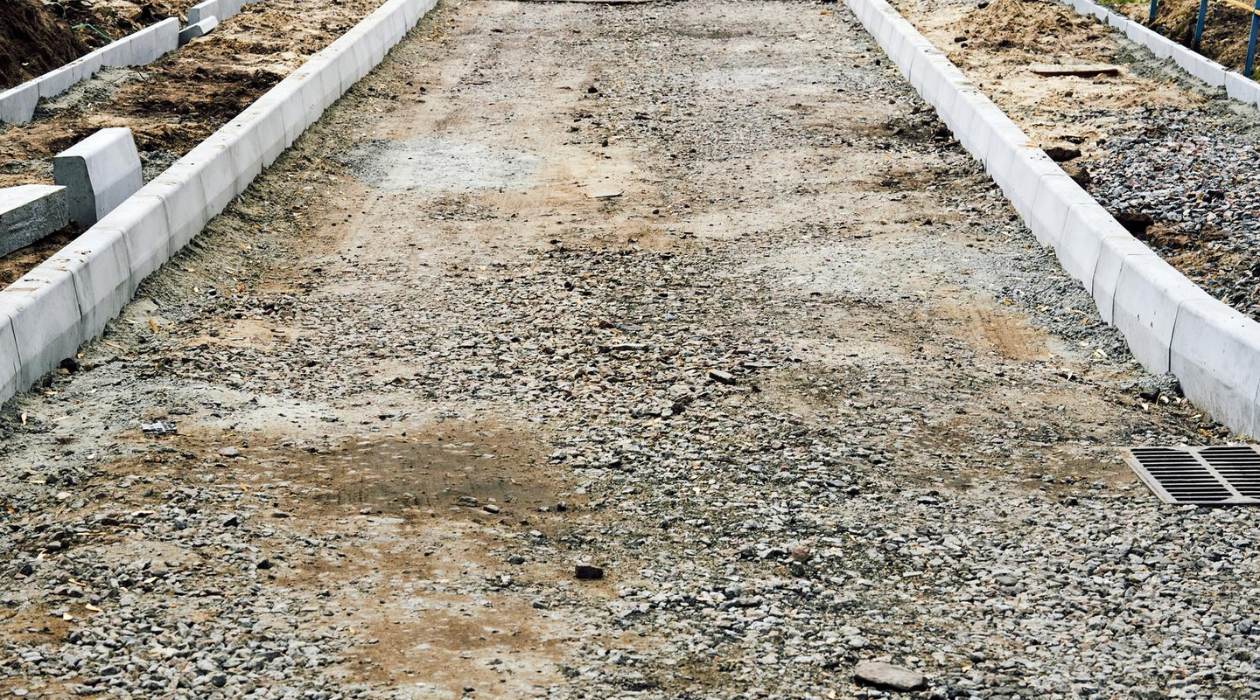
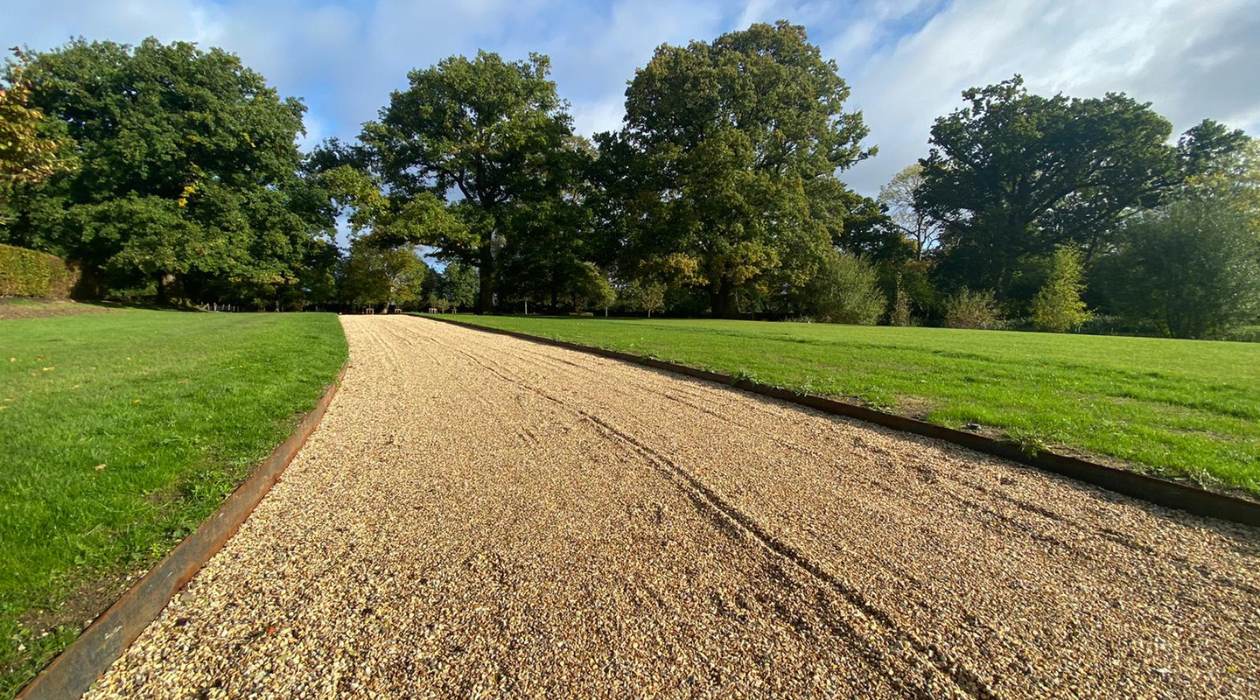
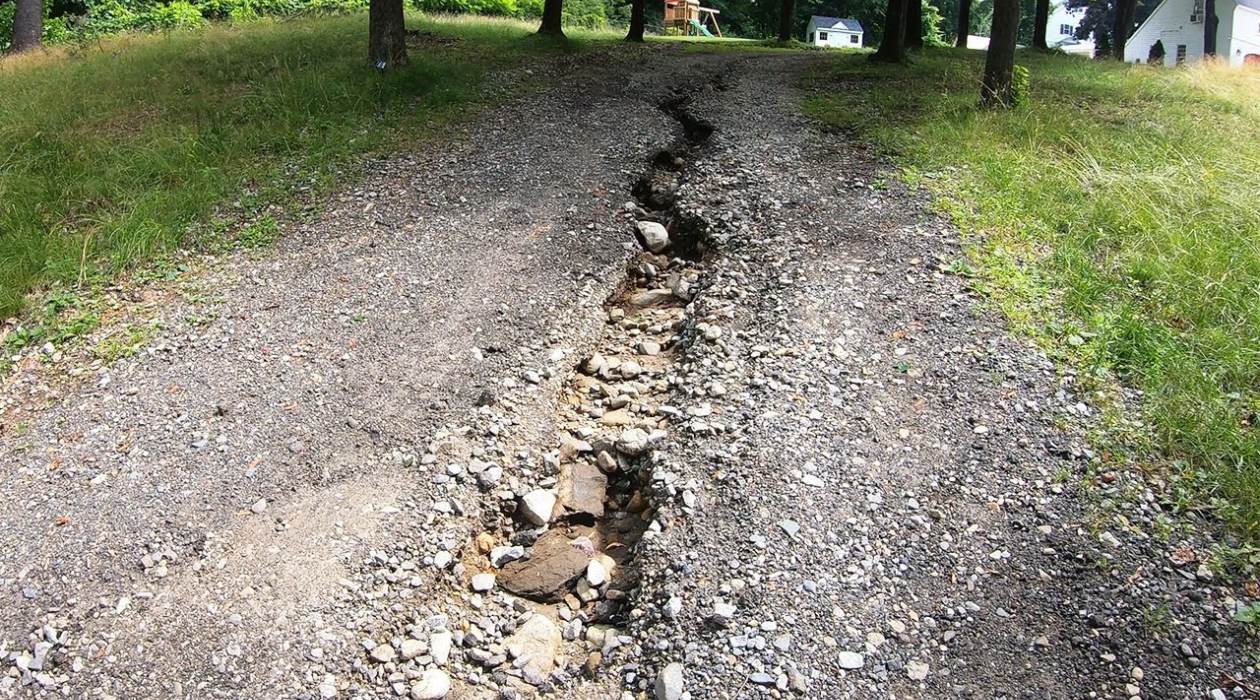
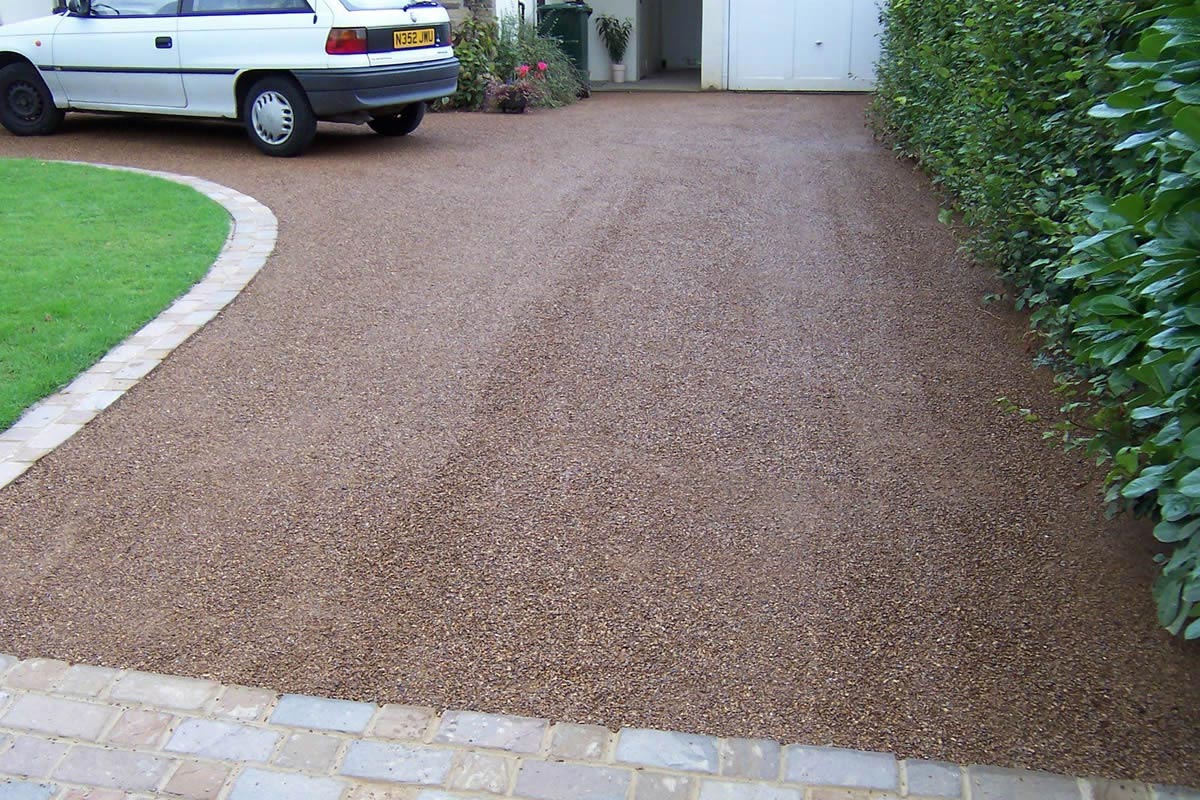

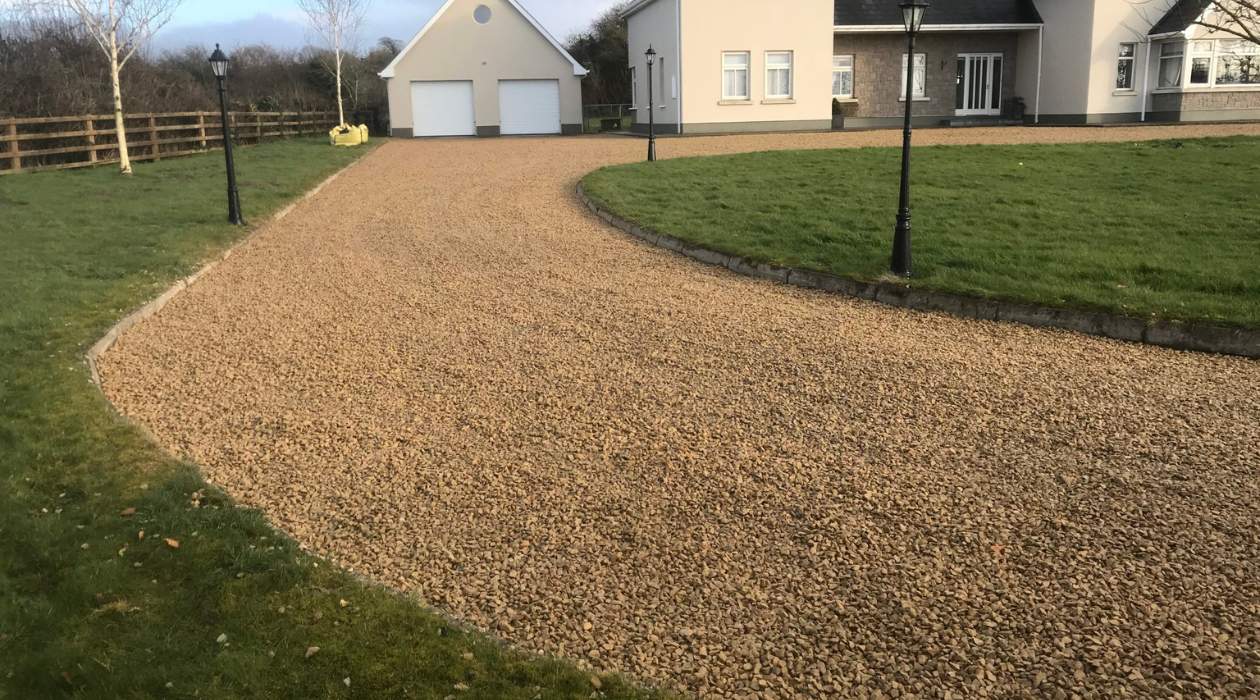
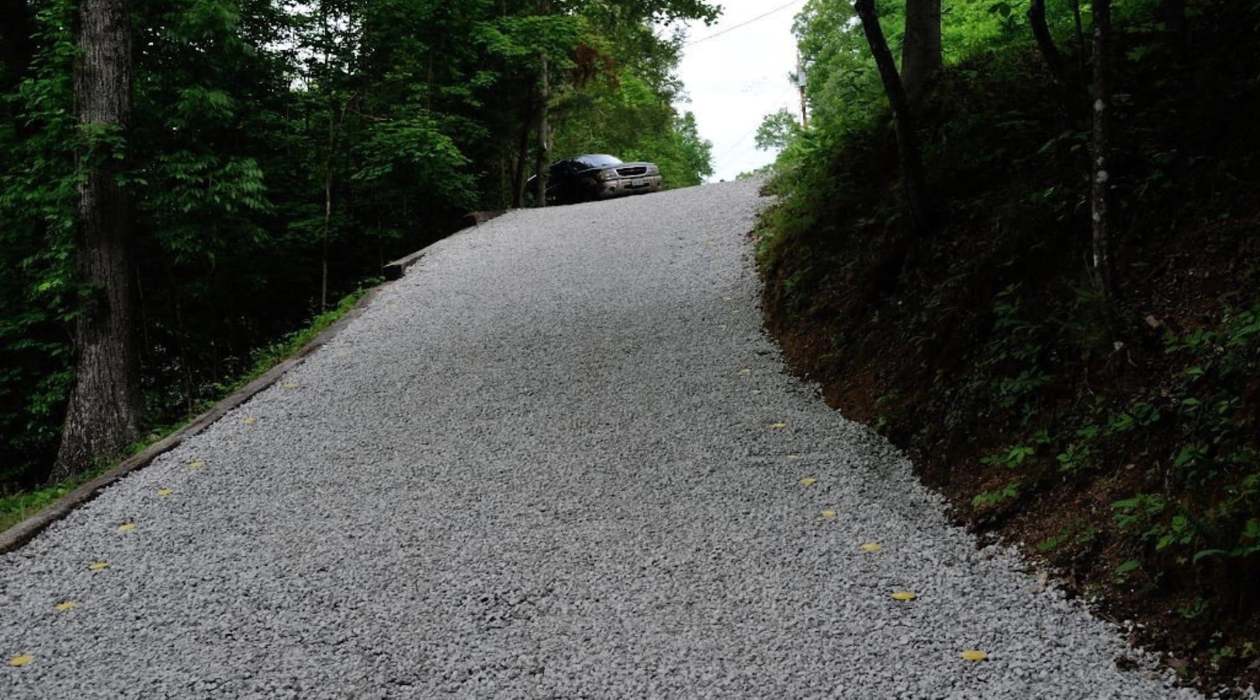
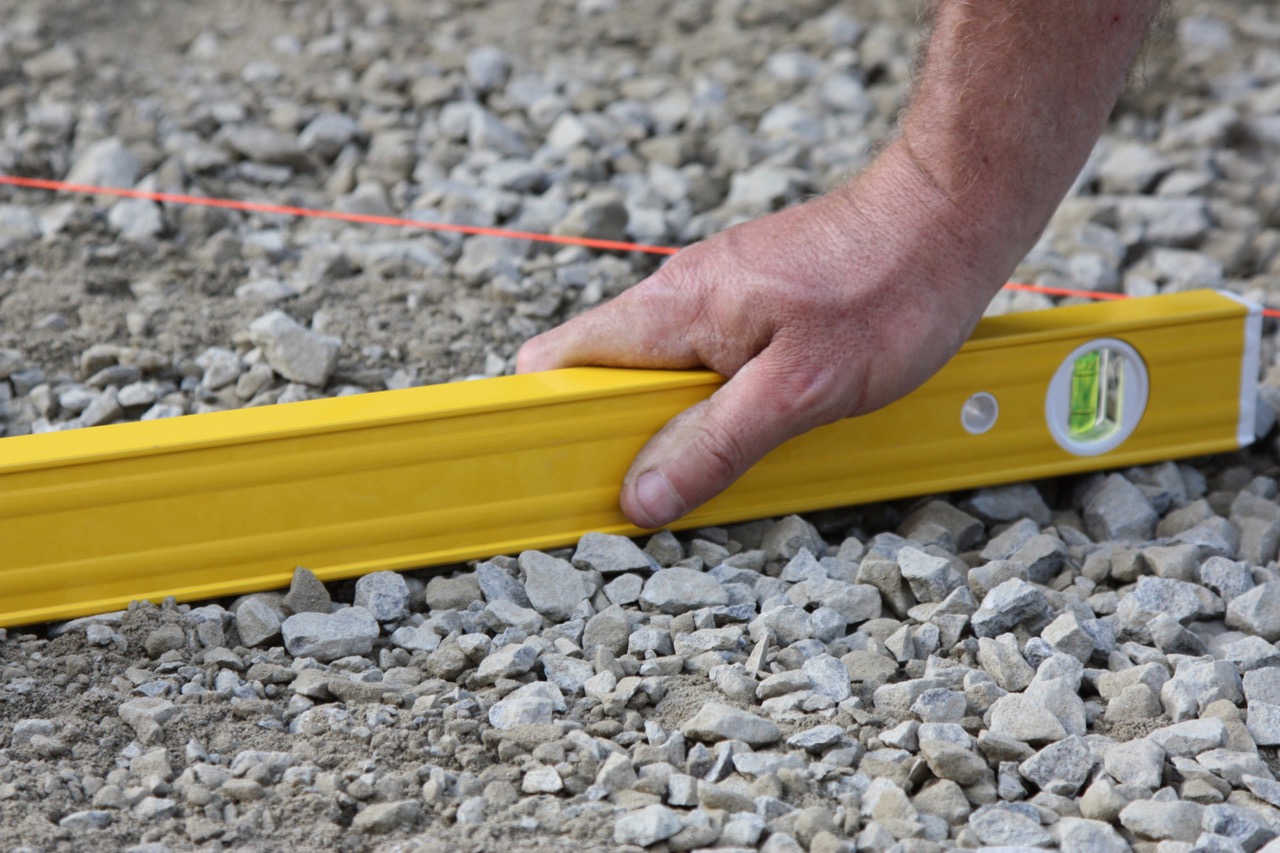
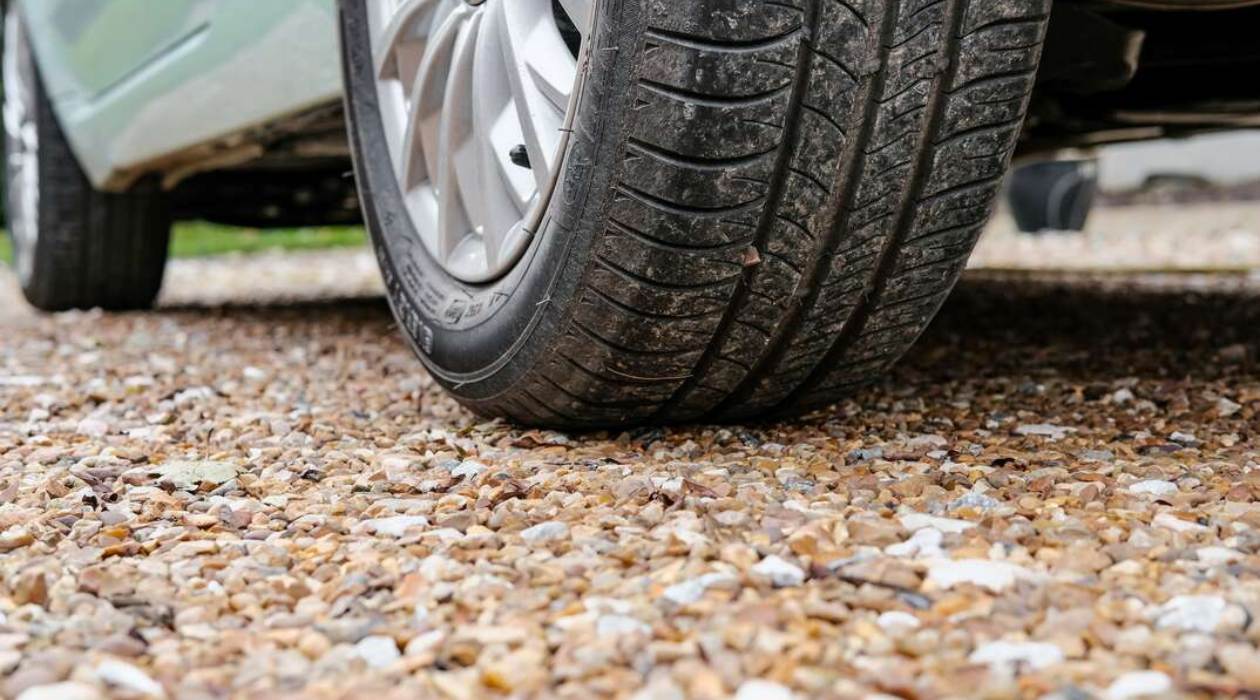
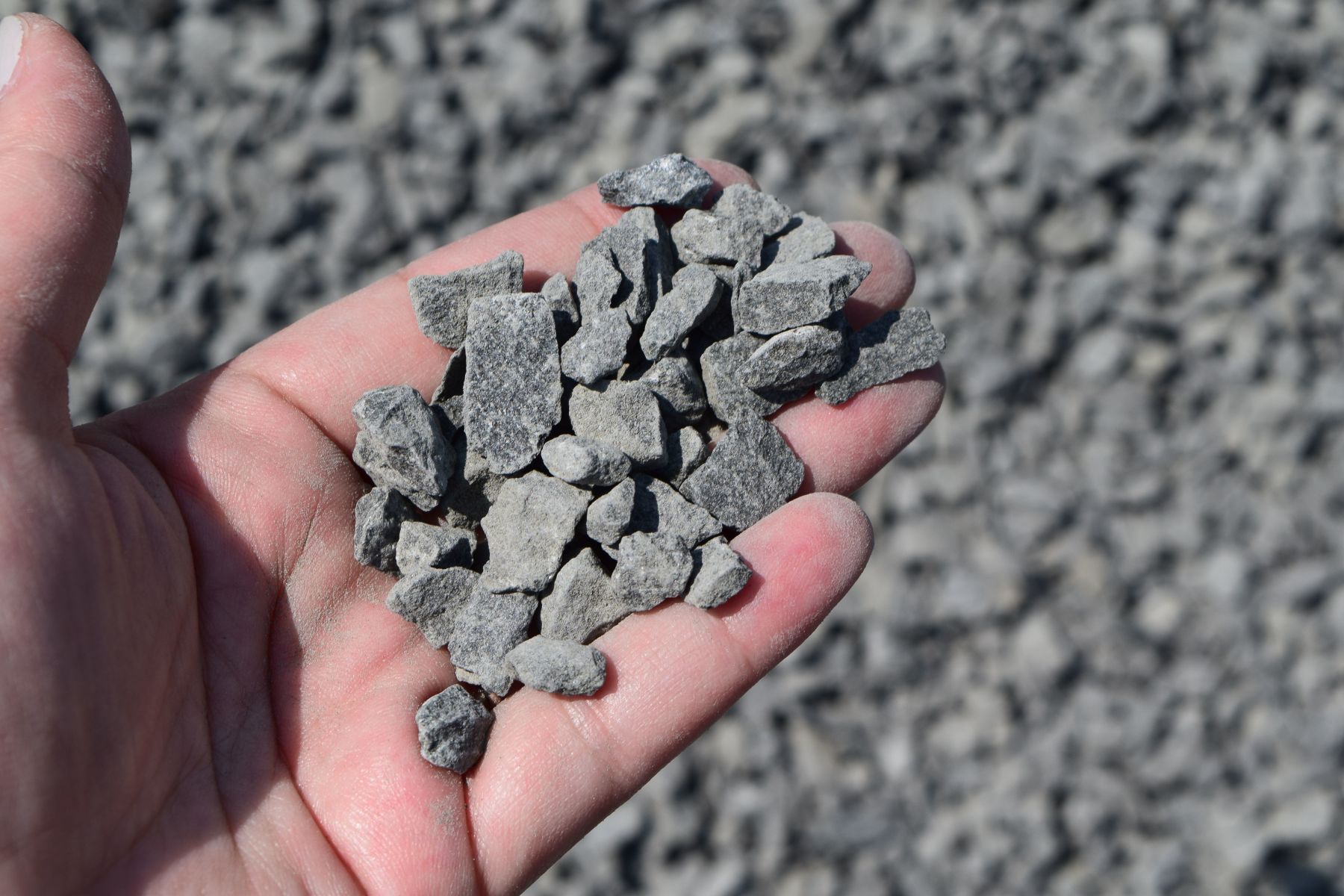
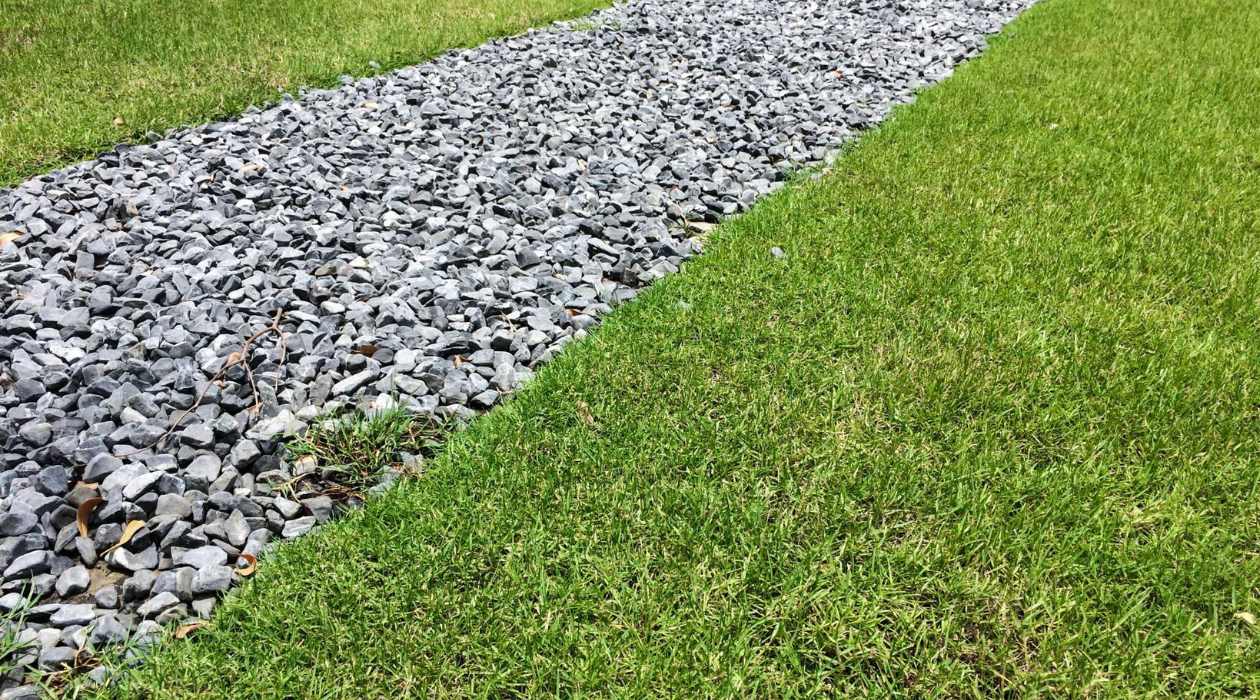
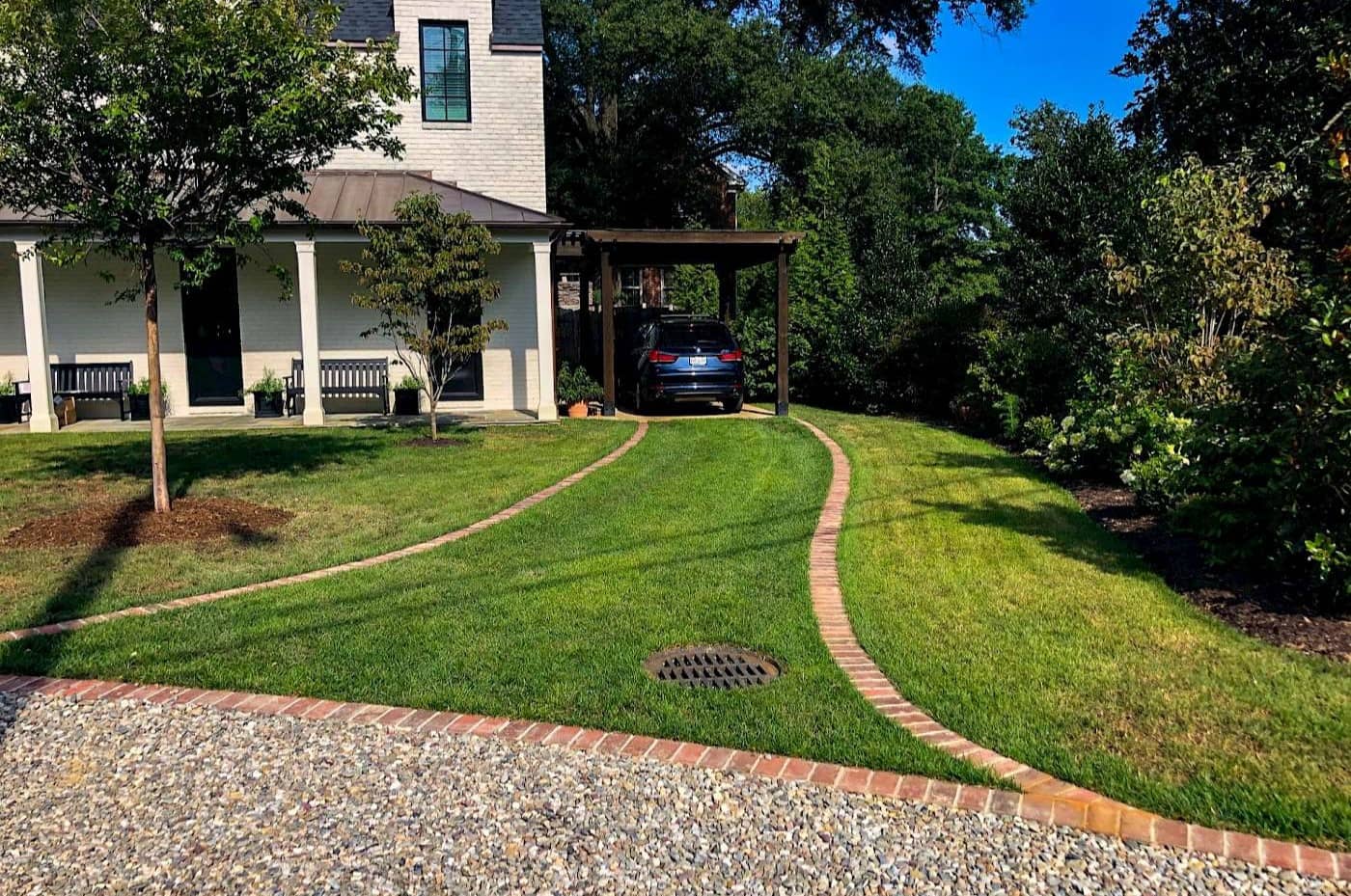
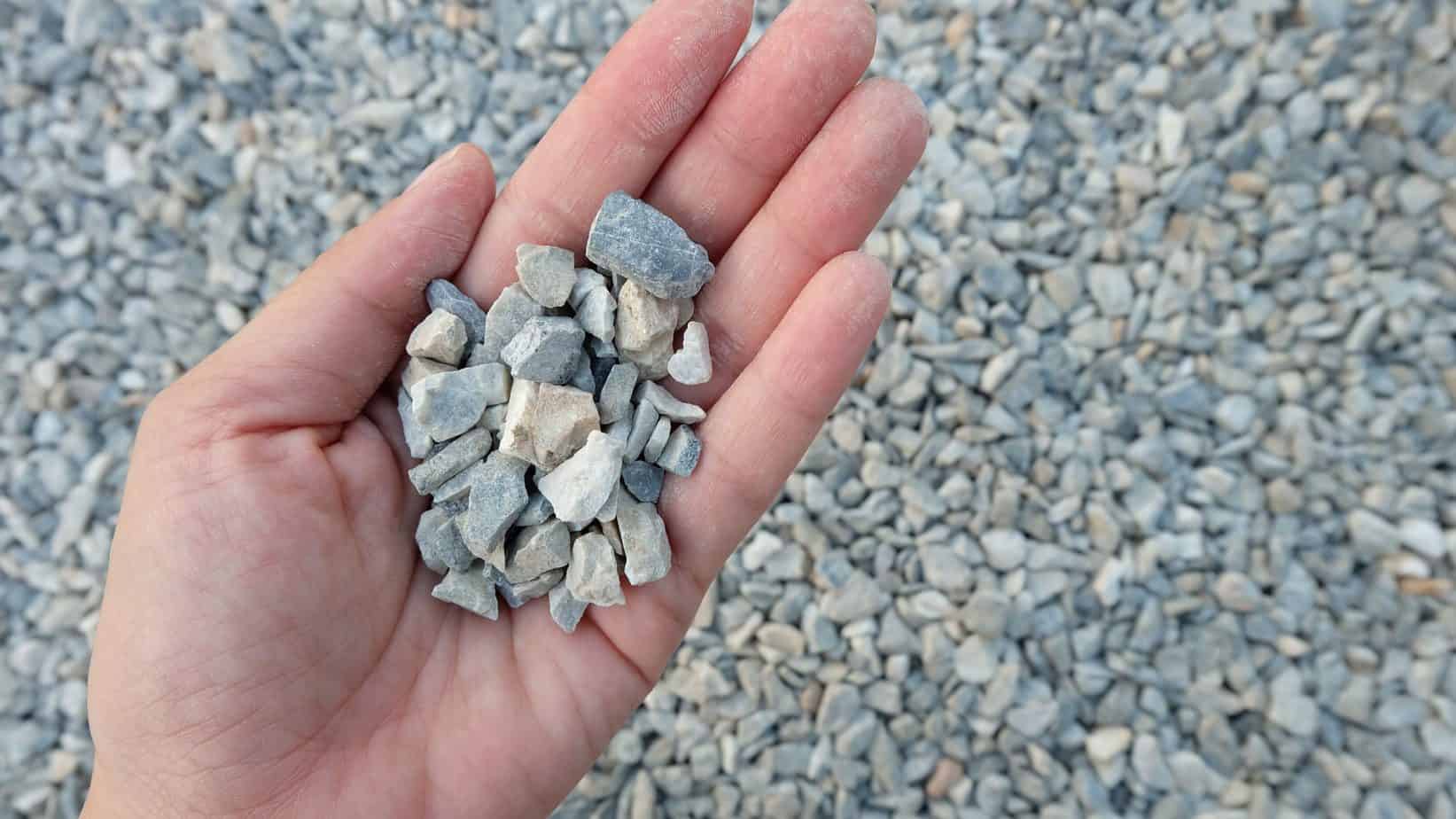

0 thoughts on “How Deep Should A Gravel Driveway Be”